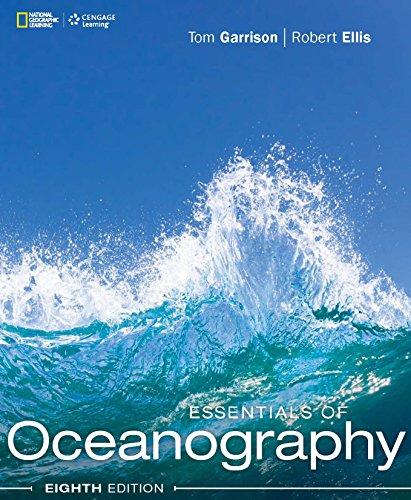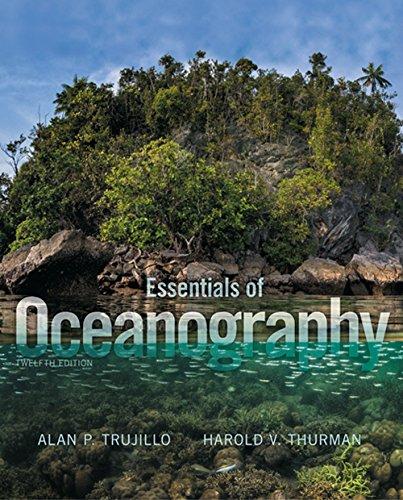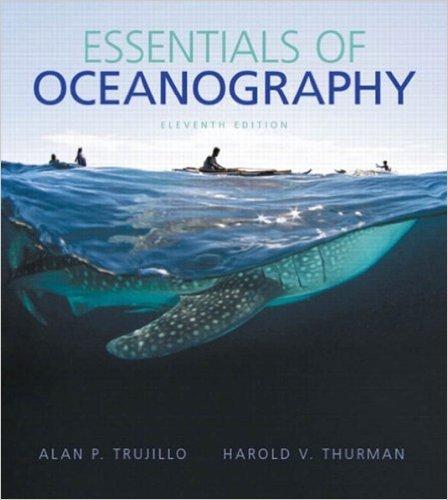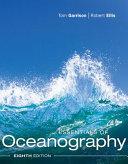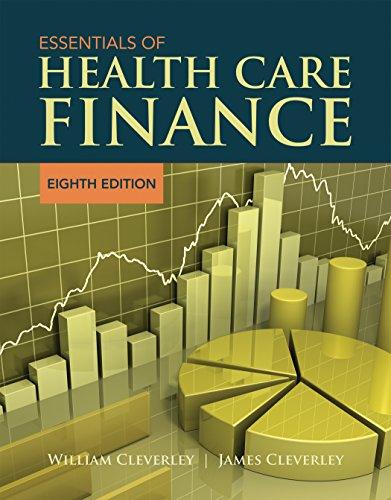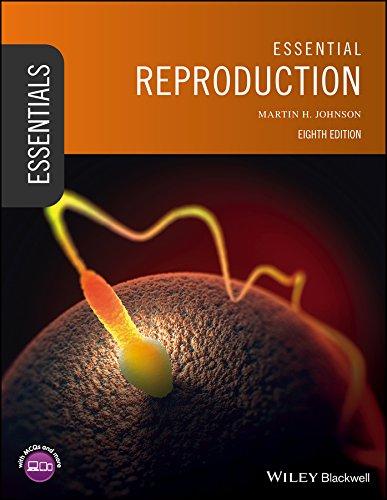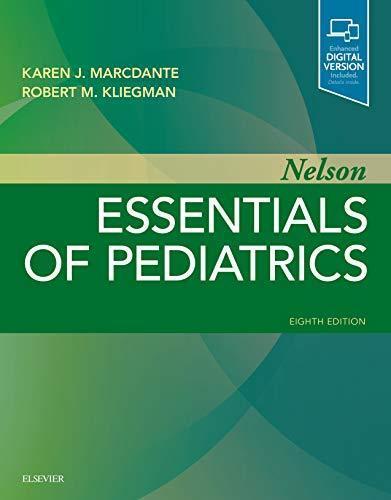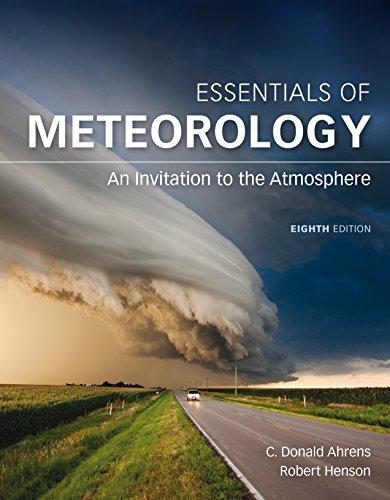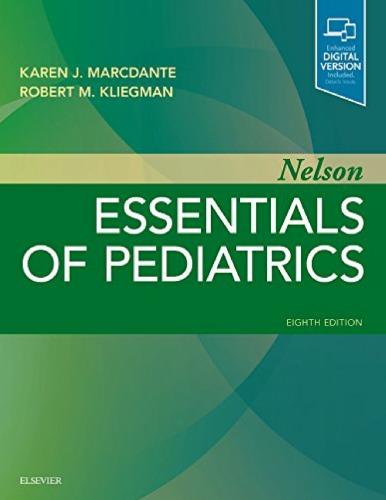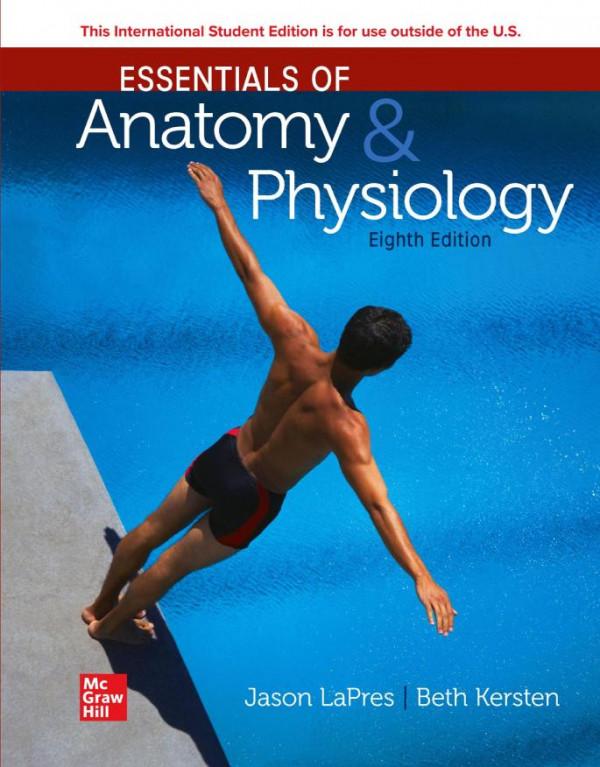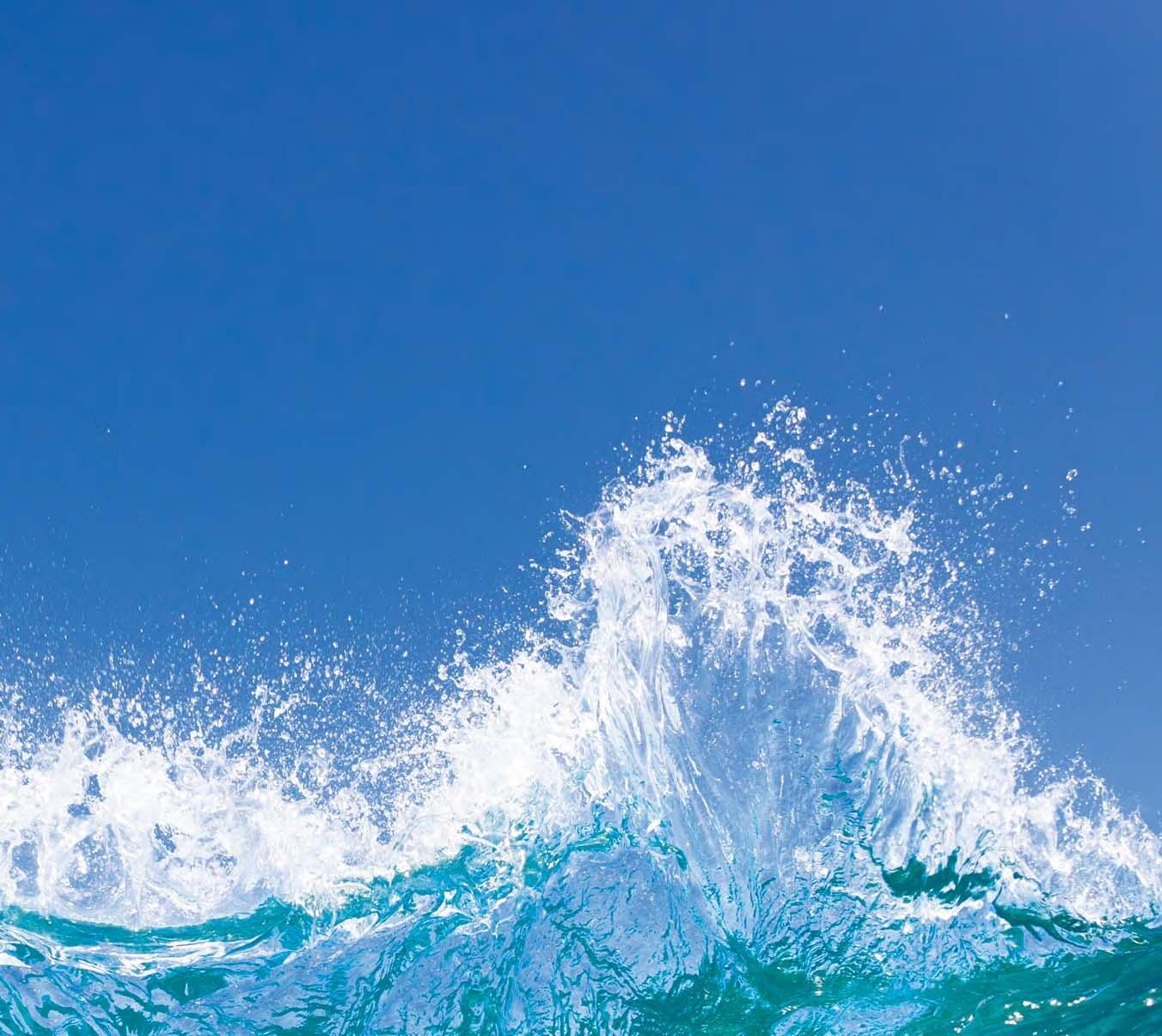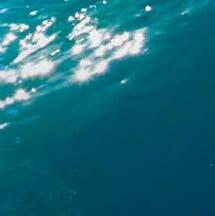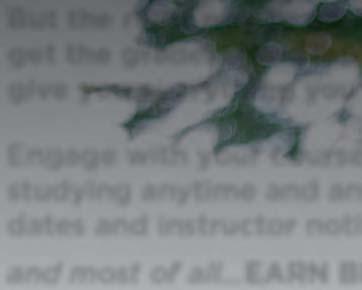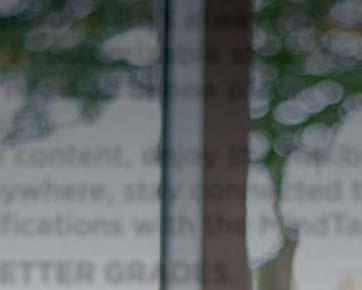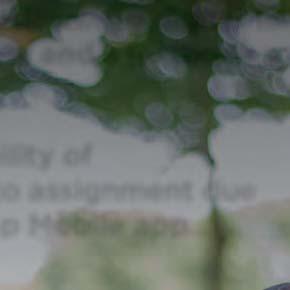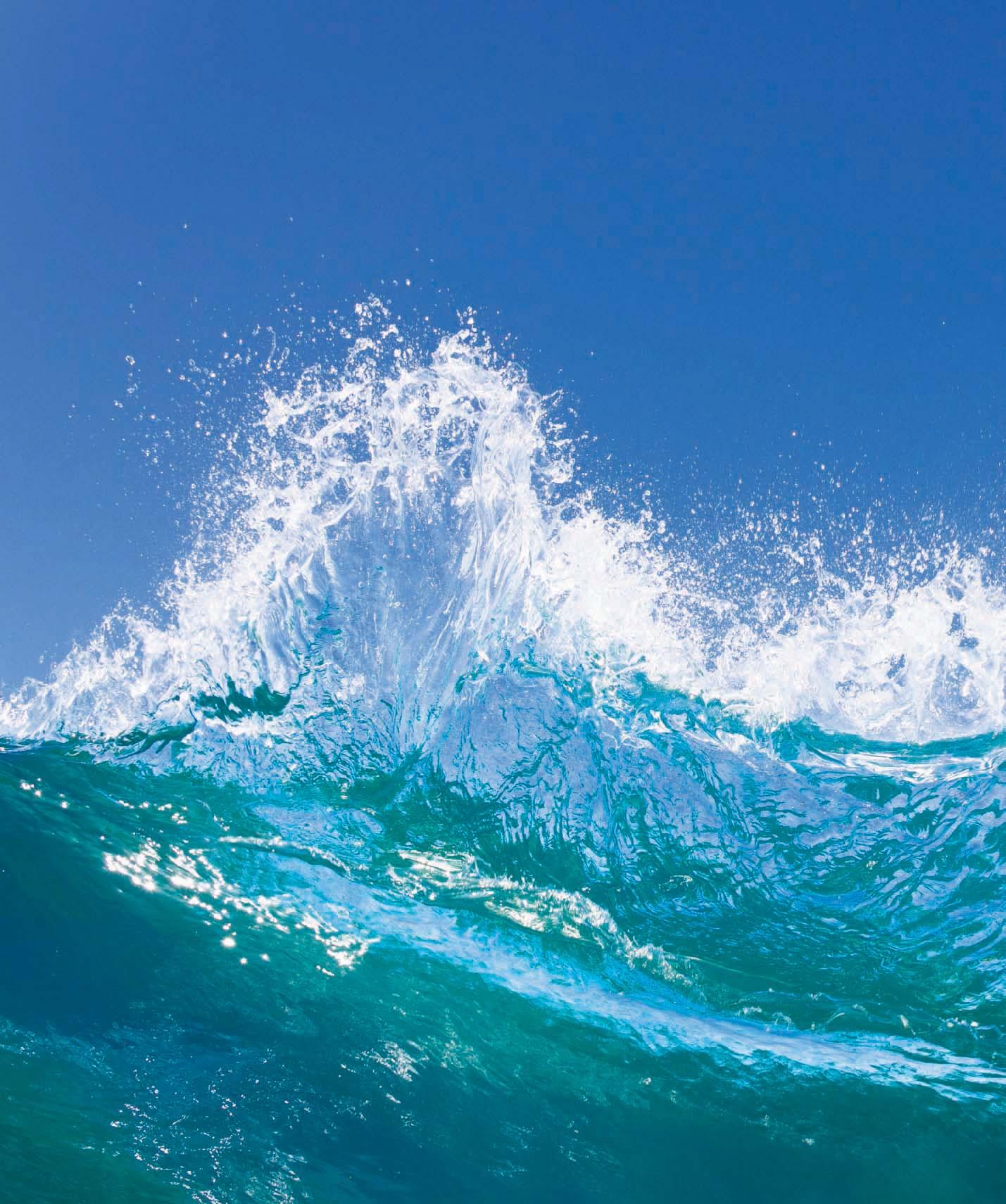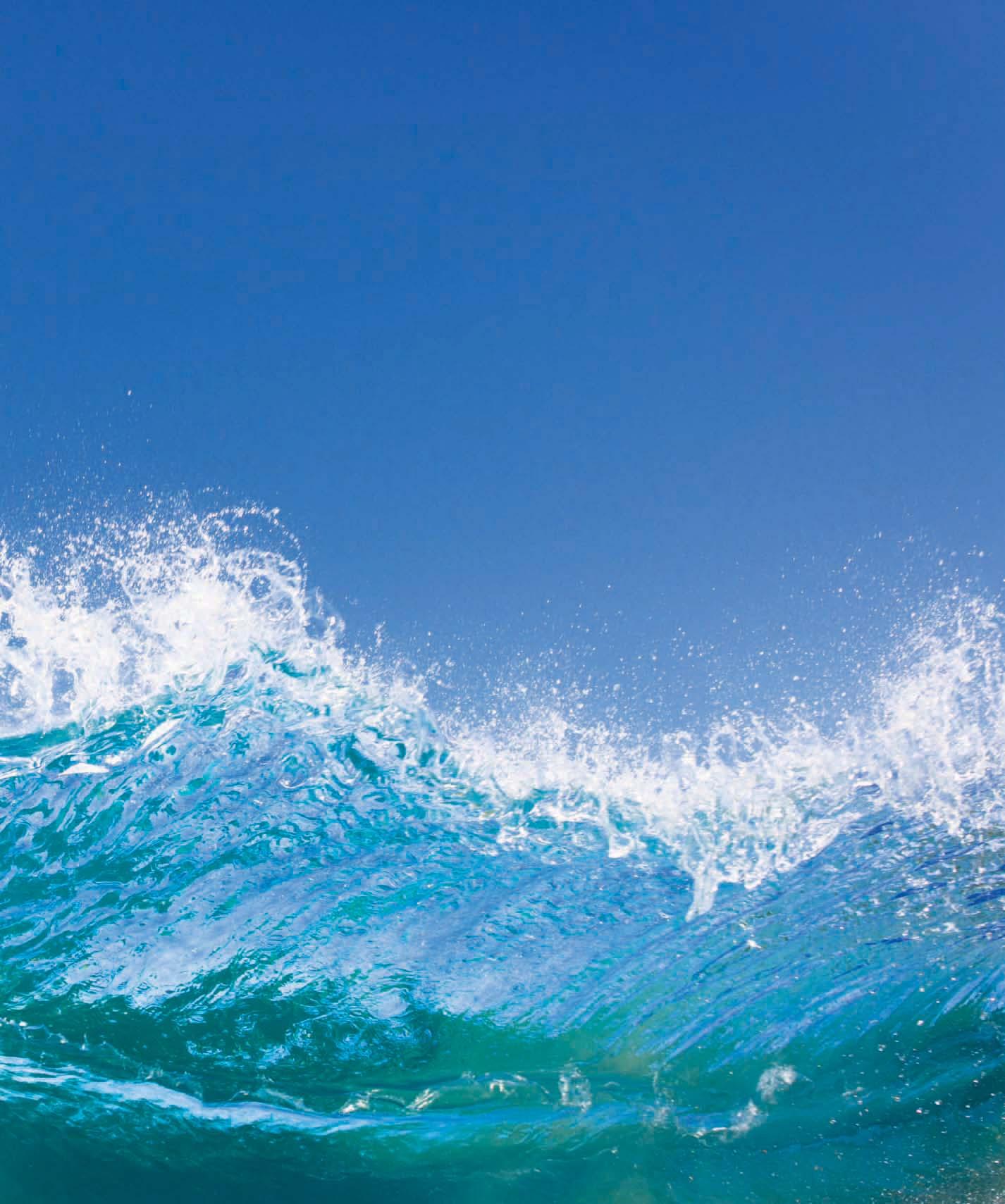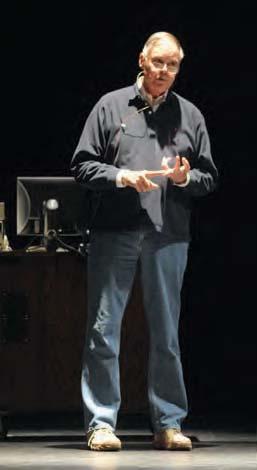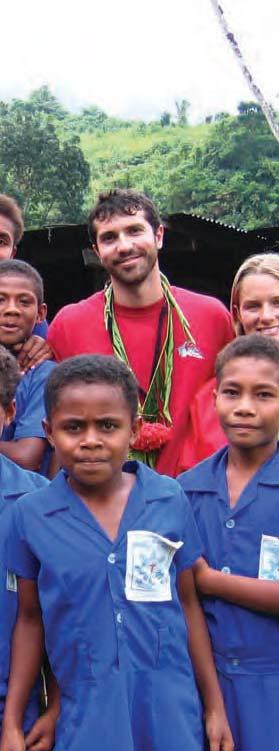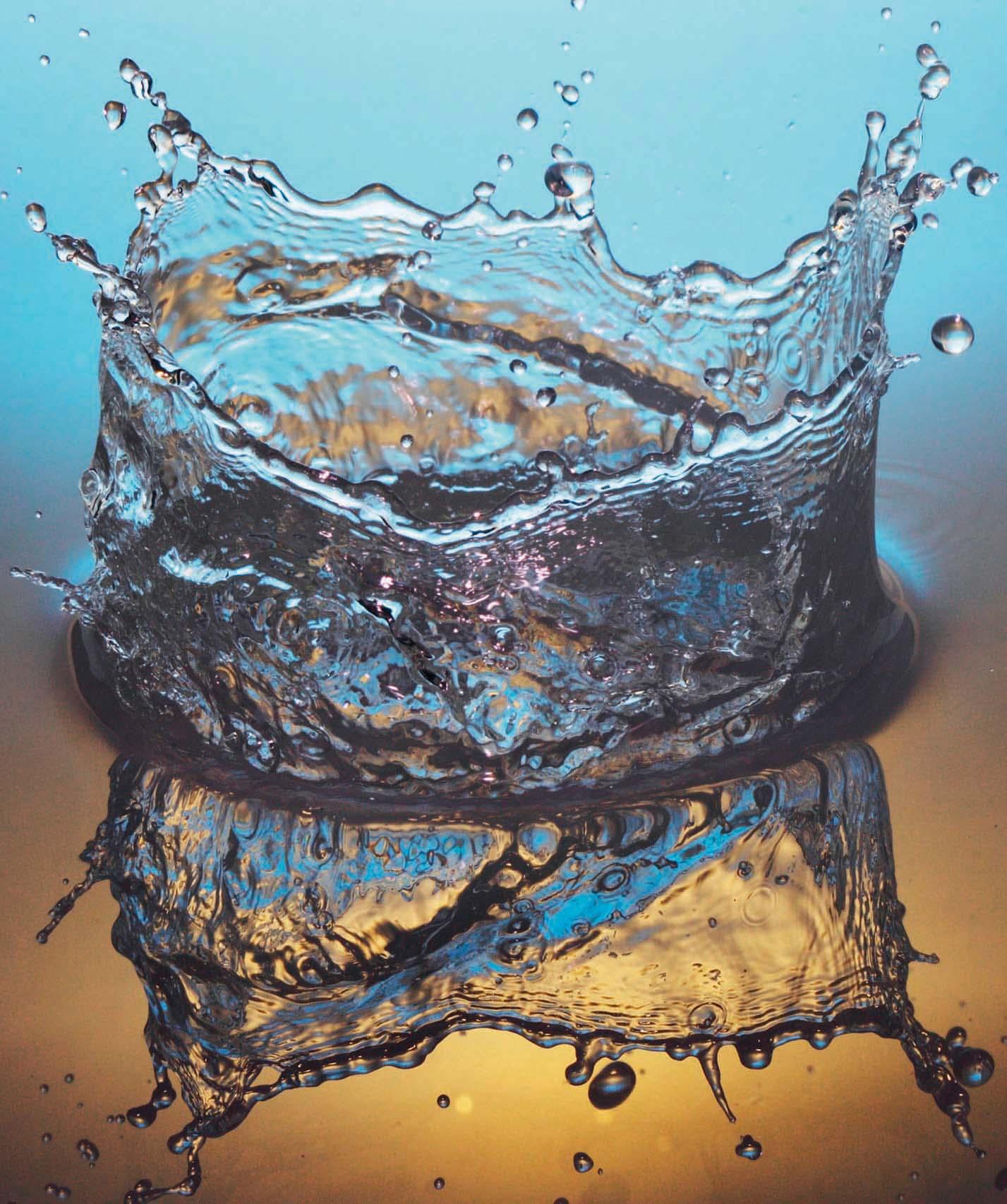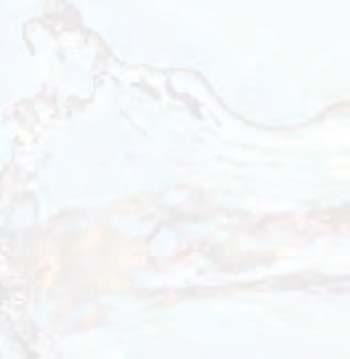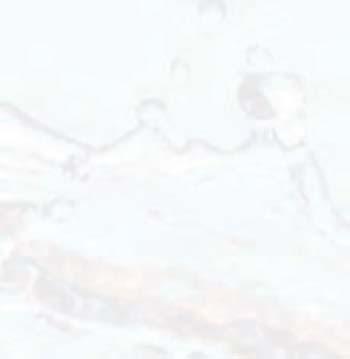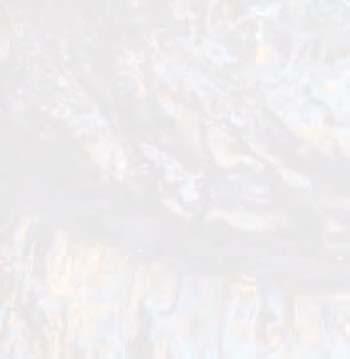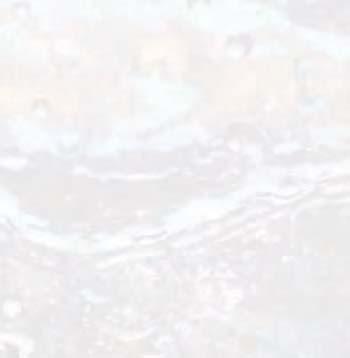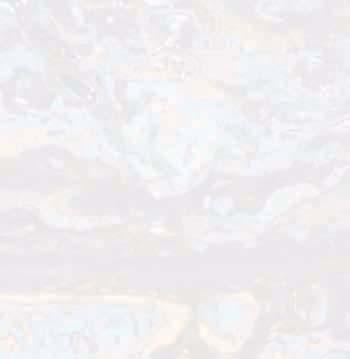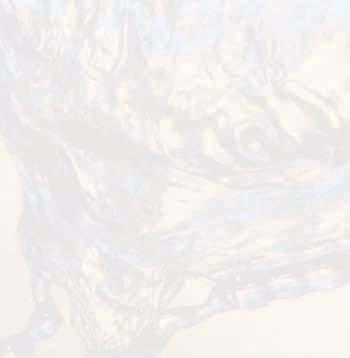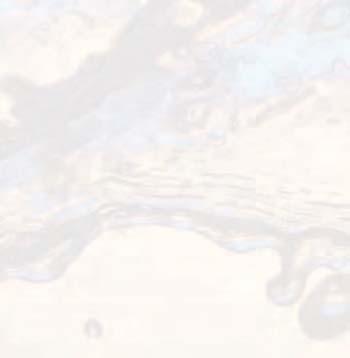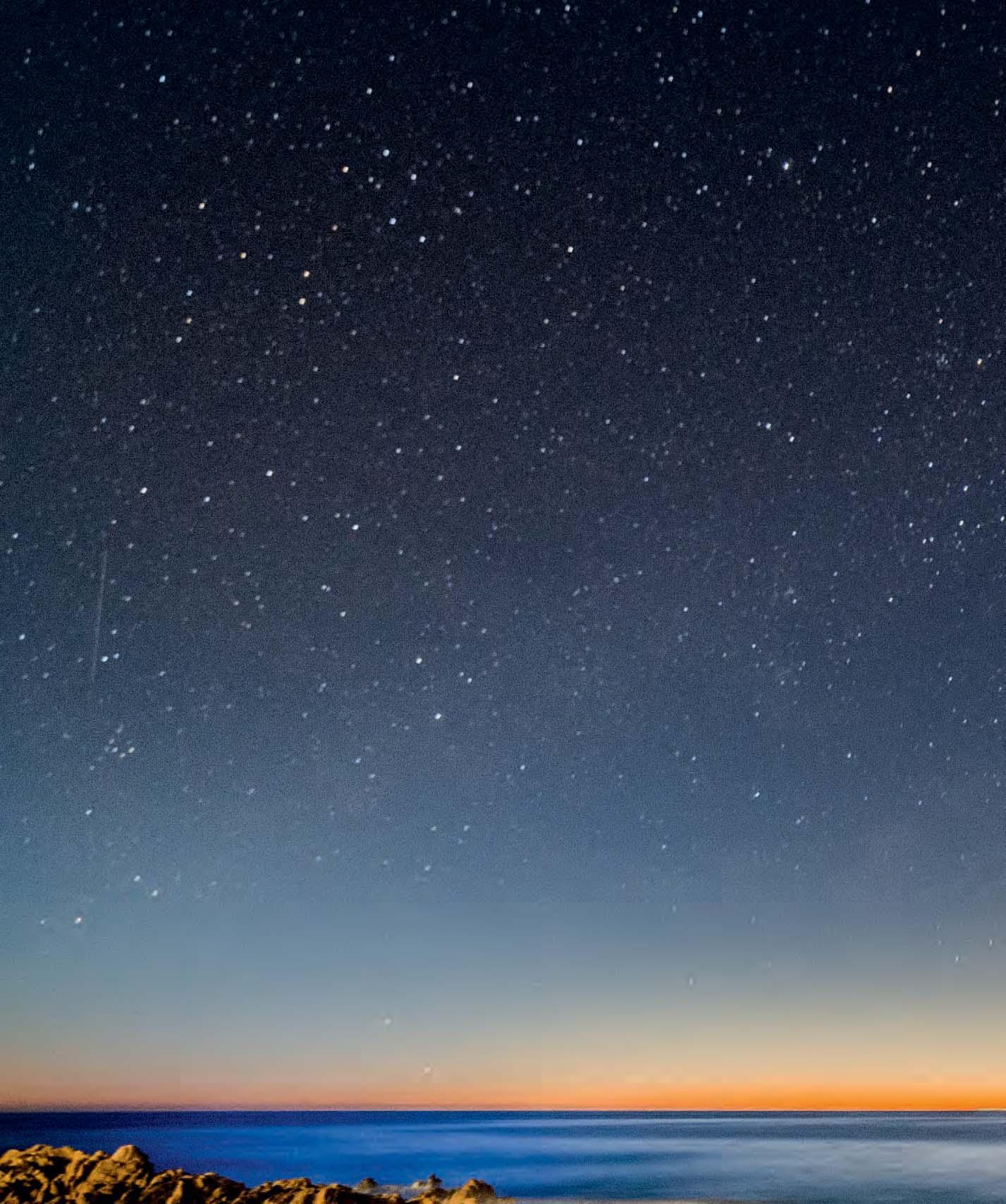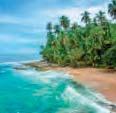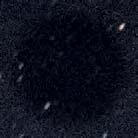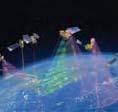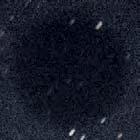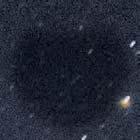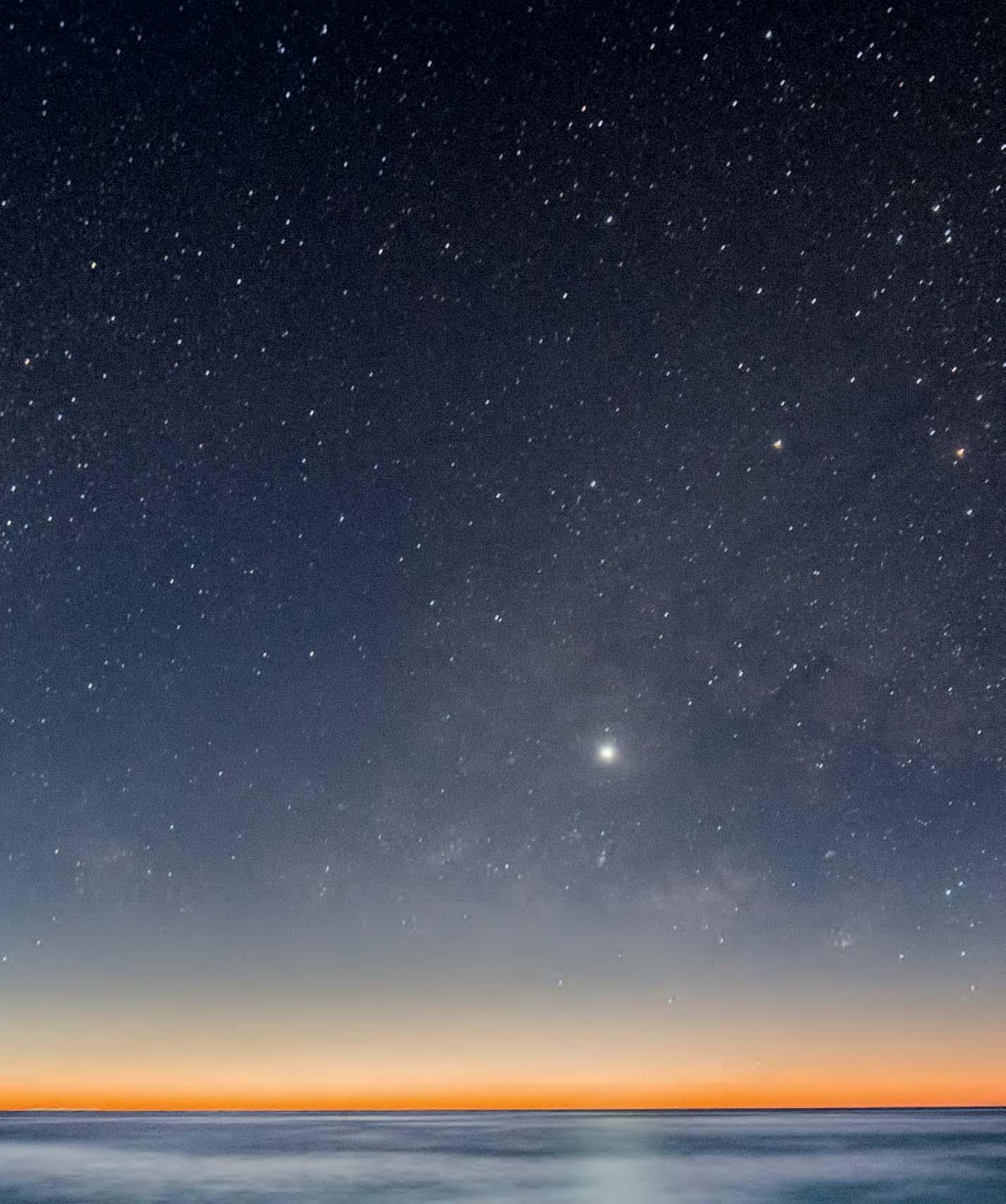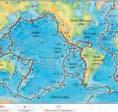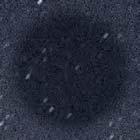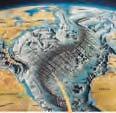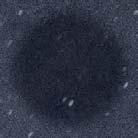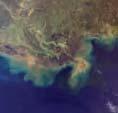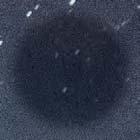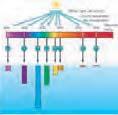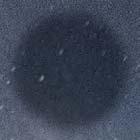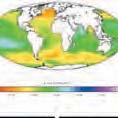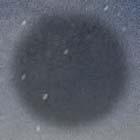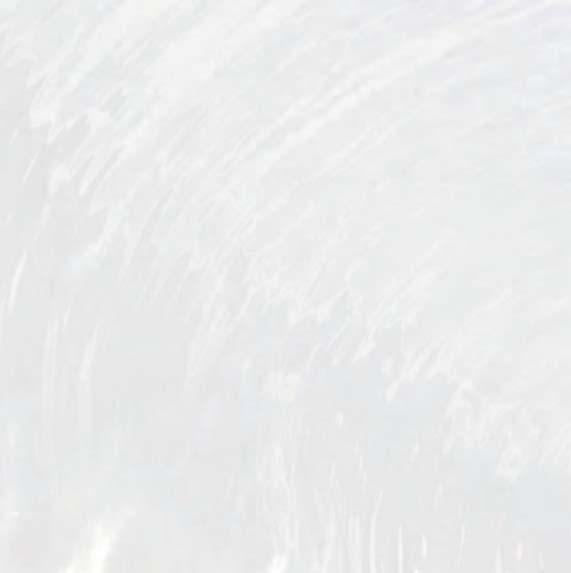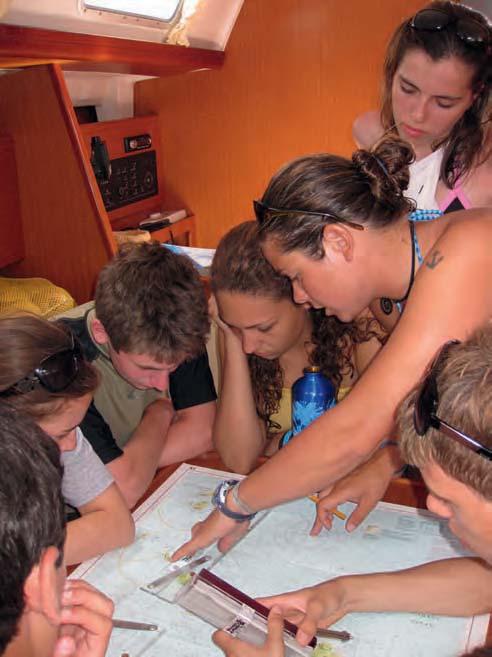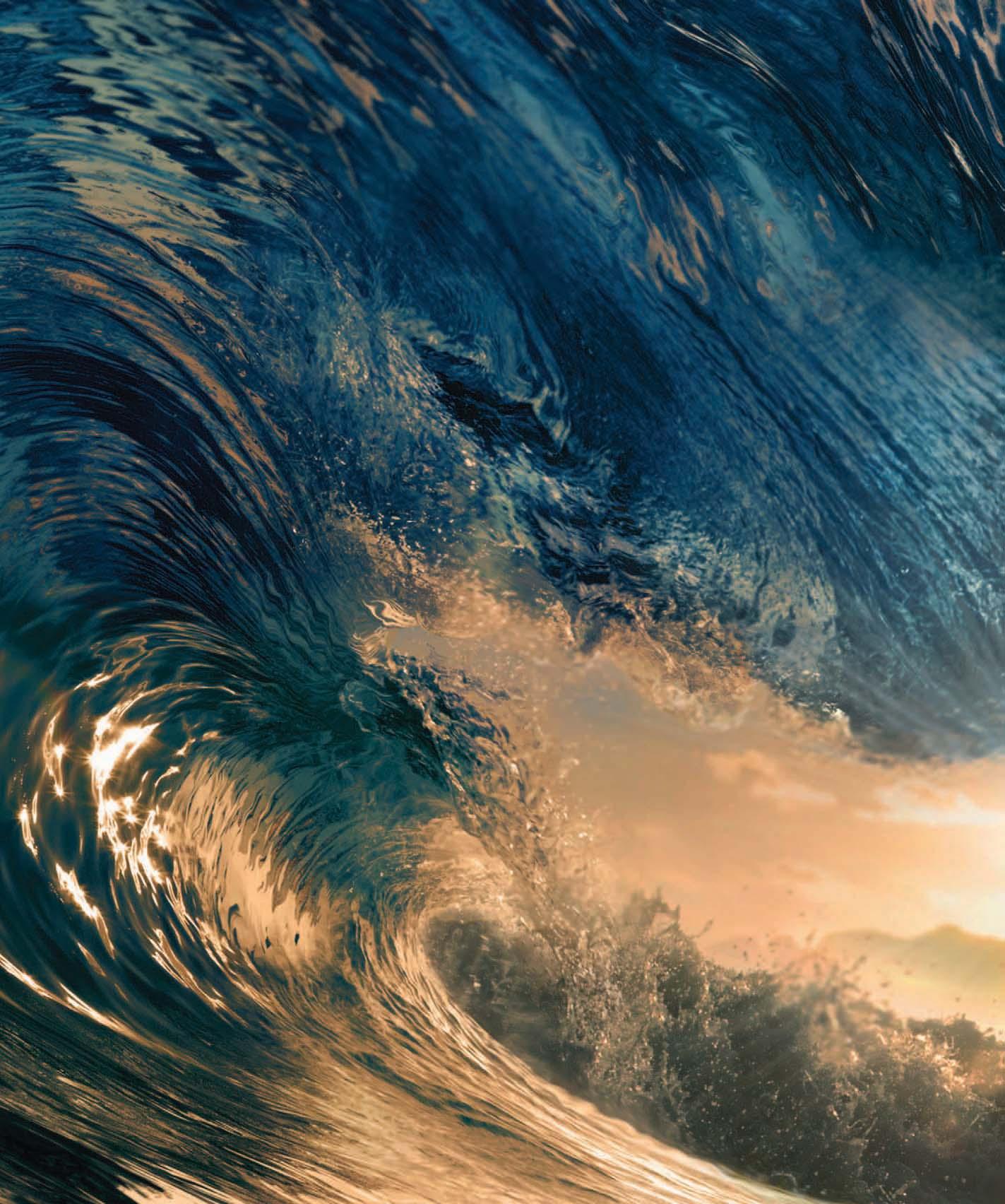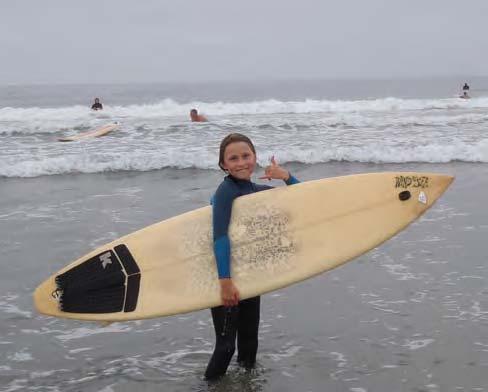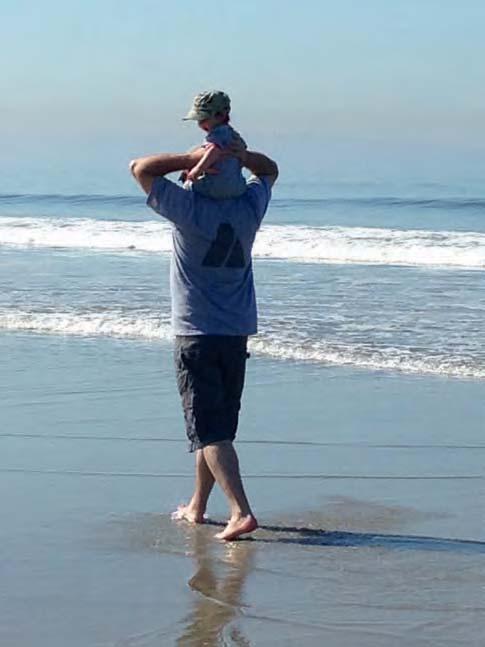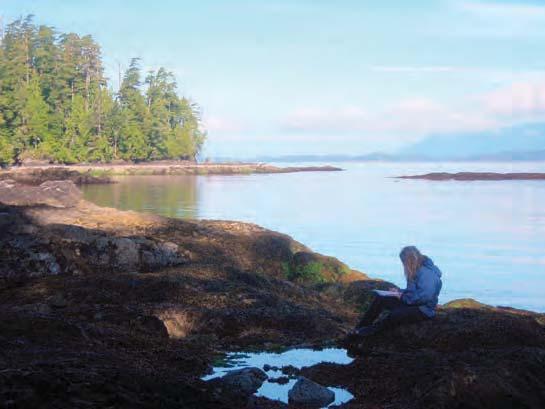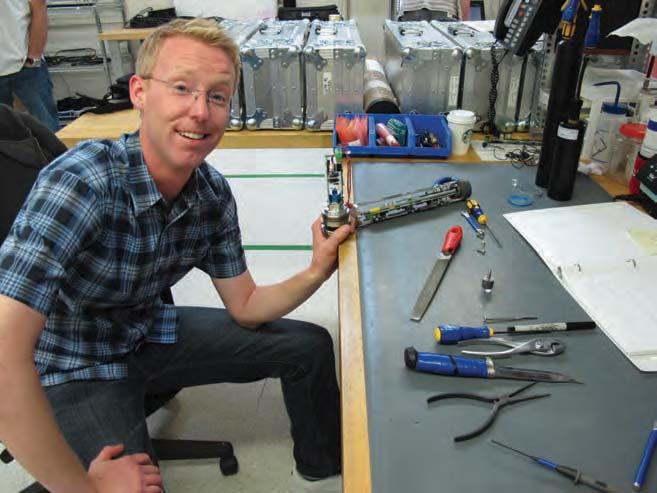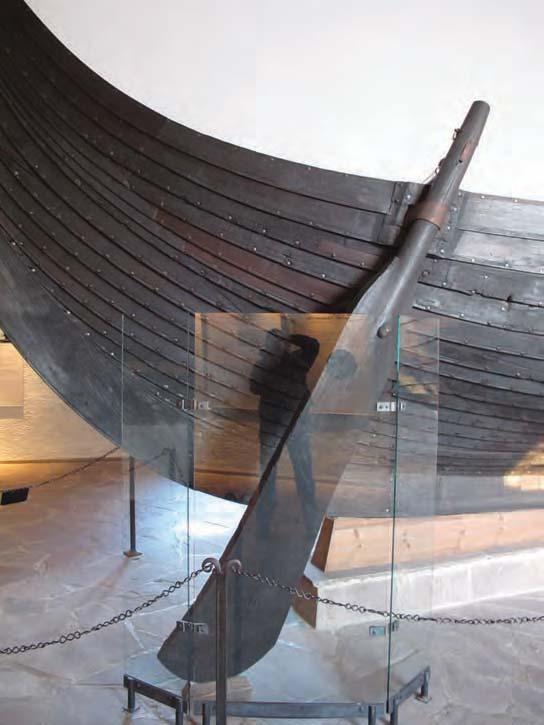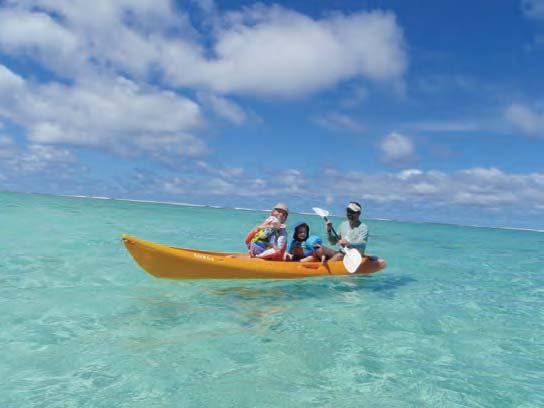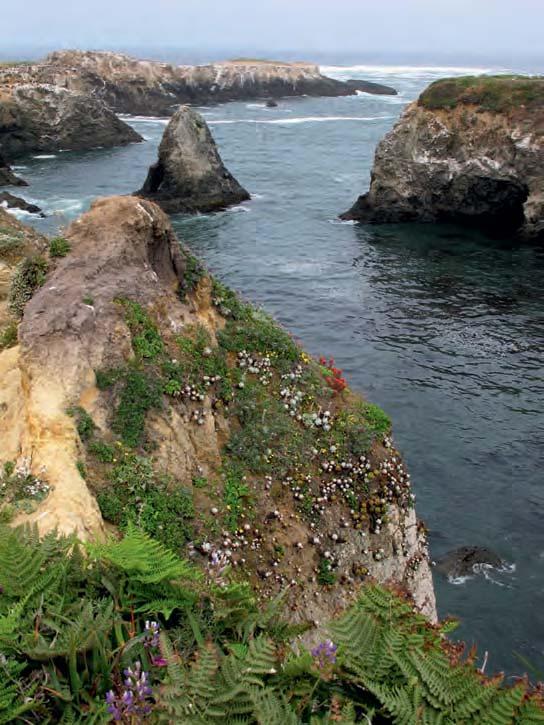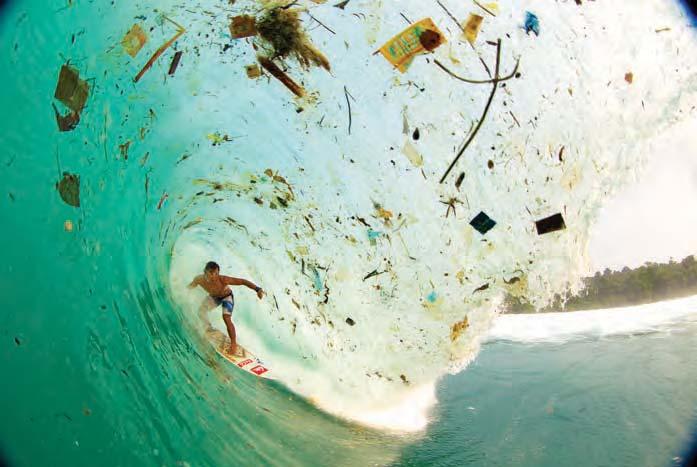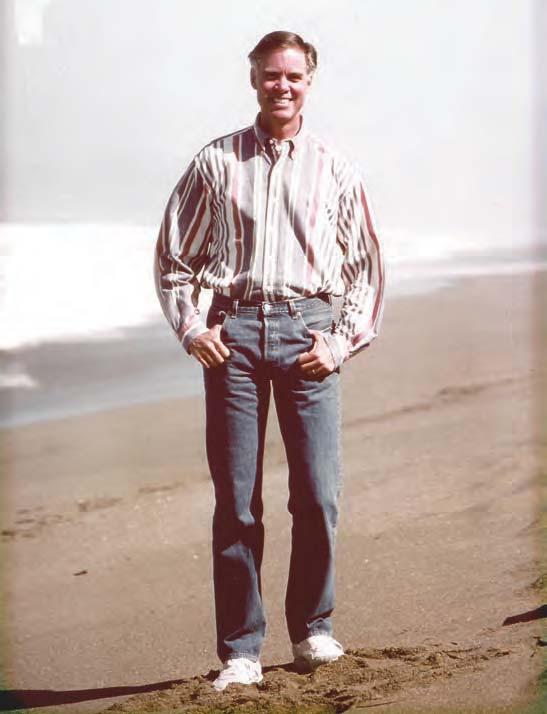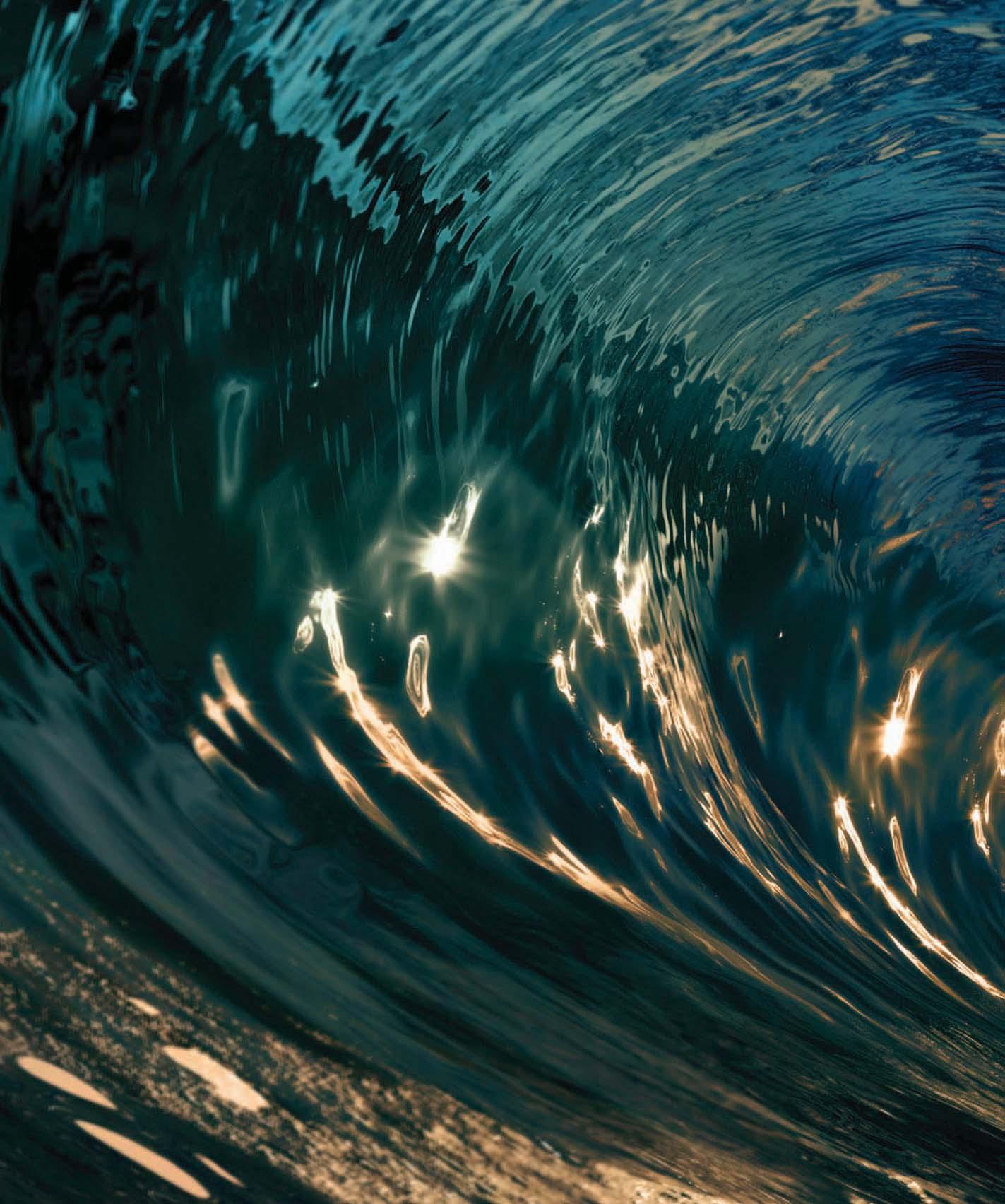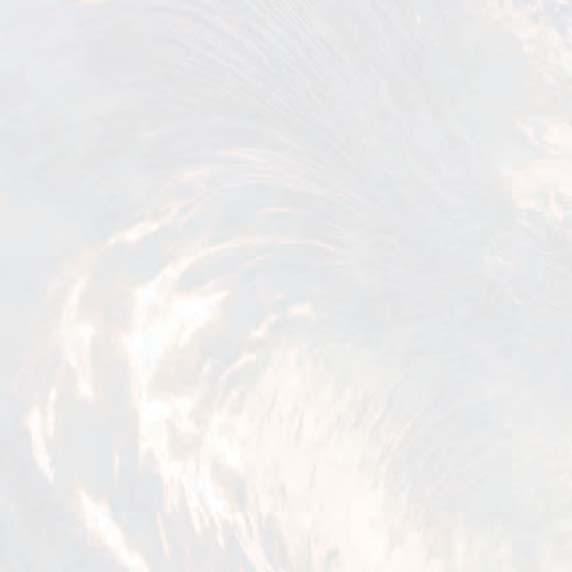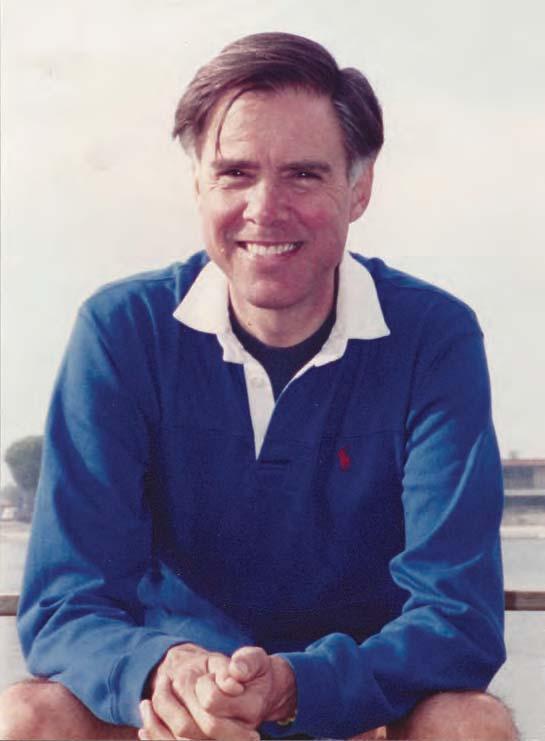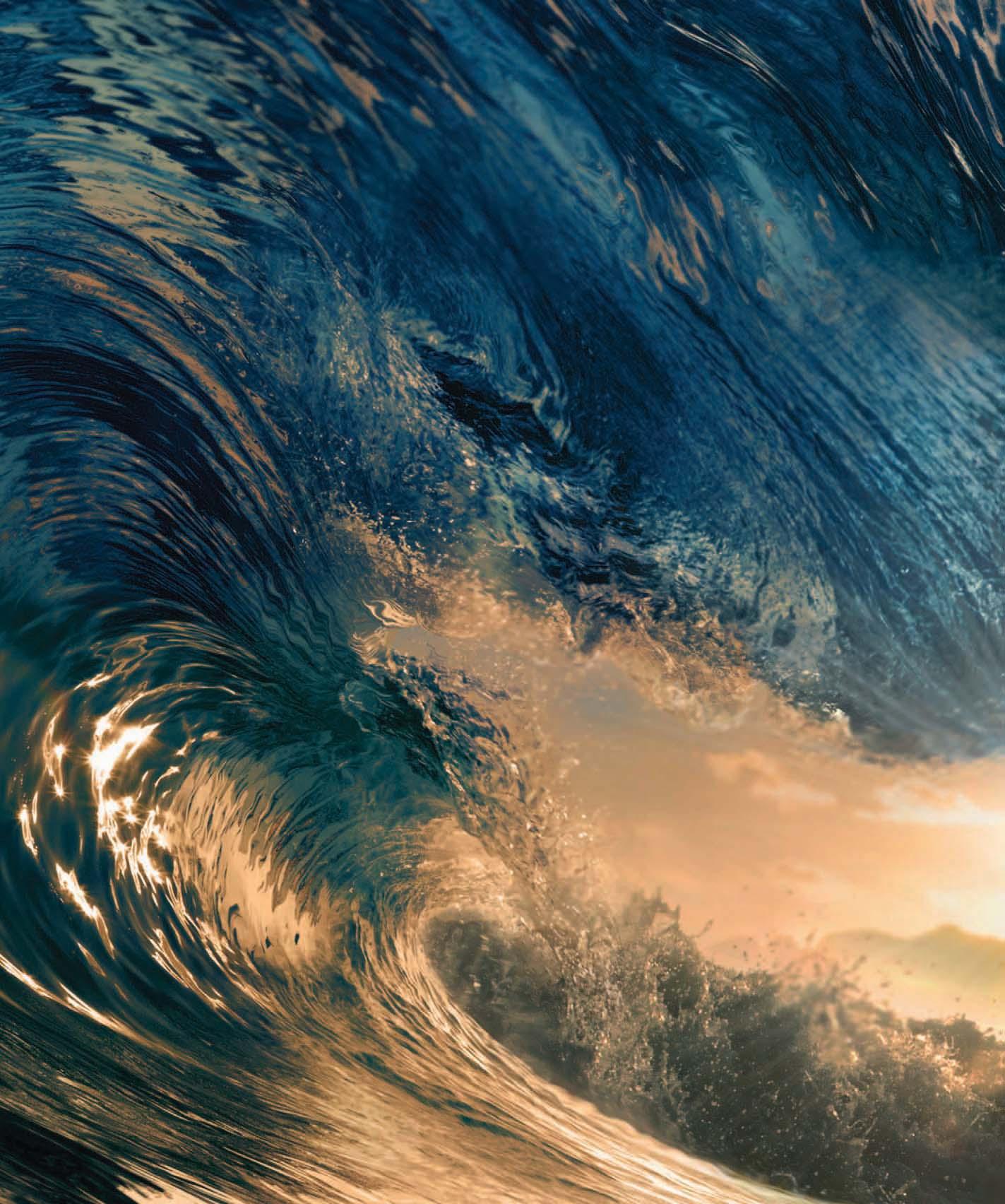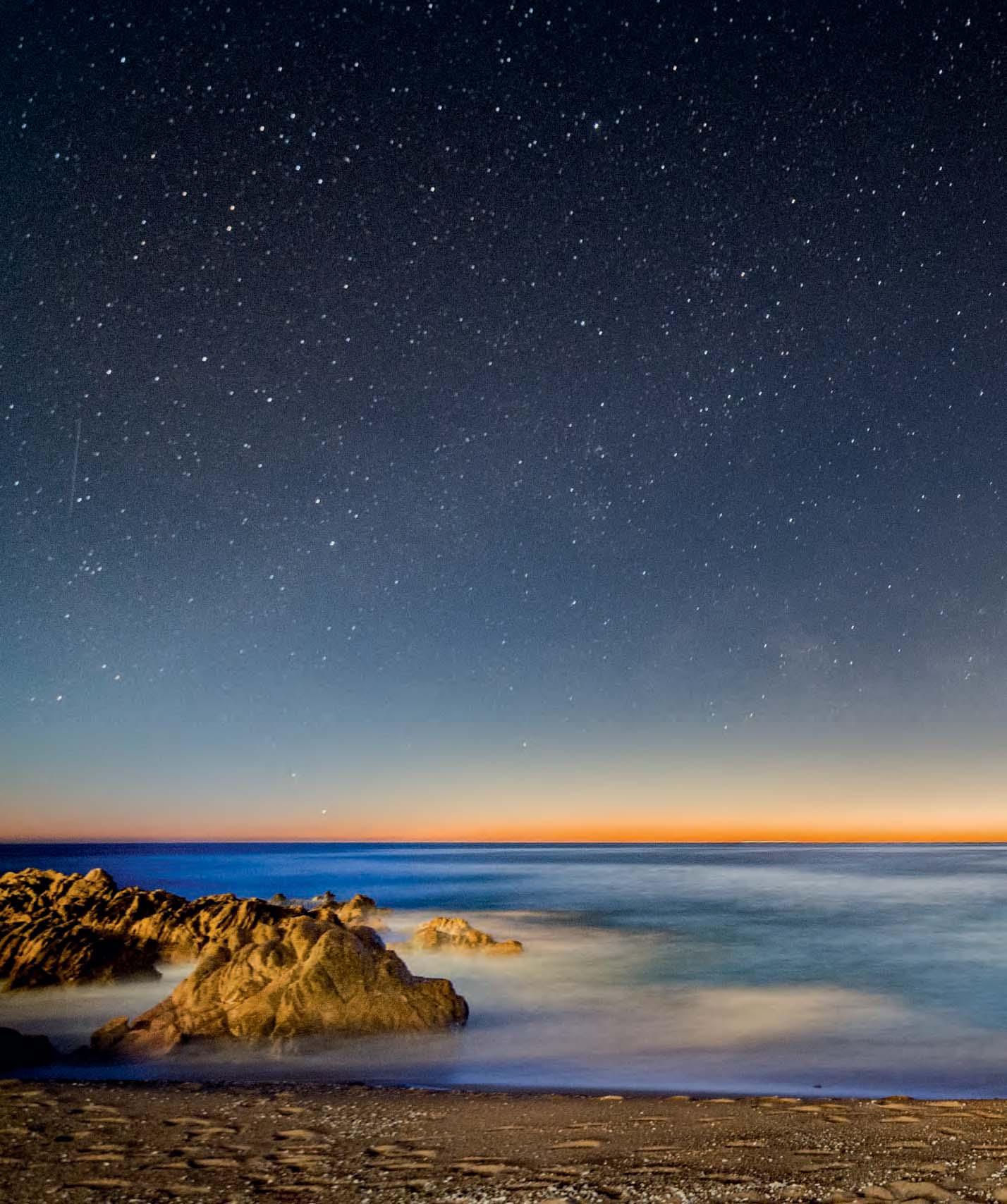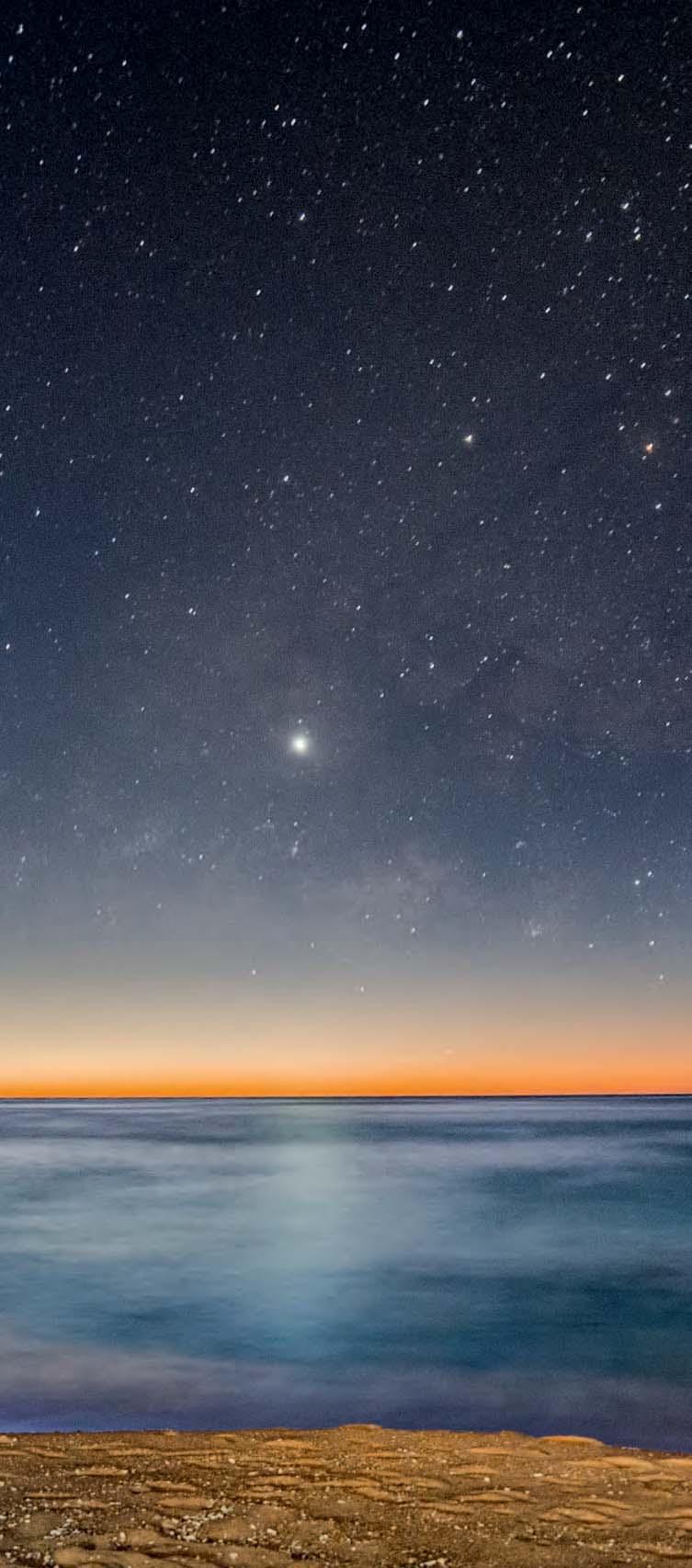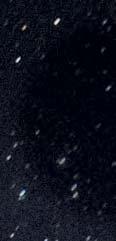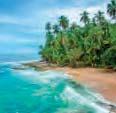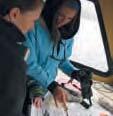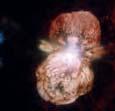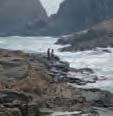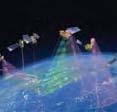Brief Contents
1 An Ocean World 1
2 Plate Tectonics 17
3 The Ocean Floor 39
4 Water and Ocean Structure 65
5 Atmospheric Circulation 85
6 Ocean Circulation 103
7 Waves and Tides 125
8 Coasts 153
9 Life in the Ocean 177
10 Marine Communities 193
11 Uses and Abuses of the Ocean 223
Afterword 255
Appendix 1 Measurements and Conversions 256
Appendix 2 Geologic Time 260
Appendix 3 Absolute and Relative Dating 261
Appendix 4 Maps and Charts 262
Appendix 5 Latitude and Longitude, Time, and Navigation 266
Appendix 6 Working in Marine Science 269
Glossary 273 Index 290
1
An Ocean World 1
1.1
Earth Is an Ocean World 2
1.2 Marine Scientists Use the Logic of Science to Study the Ocean 2
1.3 Stars Form Seas 4
1.4 Earth, Ocean, and Atmosphere Accumulated in Layers Sorted by Density 5
1.5 Understanding the Ocean: A Short History of Oceanography 5
The Alexandrian Library 7
Captain James Cook Was the First Marine Scientist 9
Matthew Maury Discovered Worldwide Patterns of Winds and Ocean Currents 9
The Challenger Expedition Was Organized from the First as a Scientific Expedition 10
1.6 Contemporary Oceanography Makes Use of Modern Technology 12
New Ships for New Tasks 12
Satellites Have Become Important Tools in Ocean Exploration 12
Oceanographic Institutions Arose to Oversee Complex Research Projects 13
Chapter in Perspective 14
Terms and Concepts to Remember 15
Study Questions 15
2 Plate Tectonics 17
2.1 Earth’s Interior Is Layered 18
Each of Earth’s Inner Layers Has Unique Characteristics 18
Radioactive Elements Generate Heat Inside Earth 19
Continents Rise above the Ocean Because of Isostatic Equilibrium 19
2.2 Pieces of Earth’s Surface Look Like They Once Fit Together 20
2.3 The Breakthrough: Plate Tectonics 22
Plates Interact at Plate Boundaries 22
Ocean Basins Form at Divergent Plate Boundaries 25
Island Arcs Form, Continents Collide, and Crust Recycles at Convergent Plate Boundaries 26
Ocean–Ocean Convergence 29
Crust Fractures and Slides at Transform Plate Boundaries 30
2.4 The Confirmation of Plate Tectonics 30
Sediment Age and Distribution, Oceanic Ridges, and Terranes Are Explained by Plate Tectonics 34
Chapter in Perspective 36
Terms and Concepts to Remember 37
Study Questions 37
3 The Ocean Floor
39
3.1The Ocean Floor Is Mapped by Bathymetry 40
Echo Sounders Bounce Sound off the Seabed 40
Multibeam Systems Combine Many Echo Sounders 40
Satellites Can Be Used to Map Seabed Topography 40
3.2Ocean-Floor Topography Varies with Location 41
3.3Continental Margins 42
Continental Shelves Are Seaward Extensions of the Continents 43
Continental Slopes Connect Continental Shelves to the Deep-Ocean Floor 44
Submarine Canyons Form at the Junction between Continental Shelf and Continental Slope 45
Continental Rises Form as Sediments Accumulate at the Base of the Continental Slope 47
3.4The Topology of Deep-Ocean Basins Differs from That of the Continental Margin 47
Oceanic Ridges Circle the World 48
Hydrothermal Vents Are Hot Springs on Active Oceanic Ridges 48
Abyssal Plains and Abyssal Hills Cover Most of Earth’s Surface 51
Volcanic Seamounts and Guyots Project above the Seabed 52 Trenches and Island Arcs Form in Subduction Zones 52
3.5Most of the Ocean Floor Is Covered by Sediment 54
3.6Sediments Are Classified by Source 54
Terrigenous Sediments Come from Land 54
Biogenous Sediments Form from the Remains of Marine Organisms 56
Hydrogenous Sediments Form Directly from Seawater 57
Cosmogenous Sediments Come from Space 57
3.7Marine Sediments Are Usually Combinations of Terrigenous and Biogenous Deposits 58
Neritic Sediments Overlie Continental Margins 58
History of Plate Movement Has Been Captured in Residual Magnetic Fields 30
Plate Movement above Mantle Plumes and Hot Spots Provides Evidence of Plate Tectonics 34
Pelagic Sediments Vary in Composition and Thickness 58
Oozes Form from the Rigid Remains of Living Creatures 59
3.8Sediments Are Historical Records of Ocean Processes 62
Chapter in Perspective 63
Terms and Concepts to Remember 63
Study Questions 63
4
Water and Ocean Structure 65
4.1 Familiar, Abundant, and Odd 66
4.2 The Water Molecule 66
4.3 Water Has Unusual Thermal Characteristics 67
Heat and Temperature Are Not the Same Thing 67 Not All Substances Have the Same Heat Capacity 67
Water’s Response to an Input or Removal of Heat 68
Water Becomes Less Dense When It Freezes 69
4.4 The Properties of Water Moderate Global Temperature 69
Movement of Water Vapor from Tropics to Poles Also Moderates Earth’s Temperature 70
4.5 Water Is a Powerful Solvent 71
Salinity Is a Measure of Seawater’s Total Dissolved Organic Solids 72
The Components of Ocean Salinity Came from, and Have Been Modified by, Earth’s Crust 72
The Ocean Is in Chemical Equilibrium 73
Salinity Is Calculated by Measuring Seawater’s Conductivity 73
4.6 Gases Dissolve in Seawater 74
Nitrogen 75
Oxygen 75
Carbon Dioxide 75
Carbon Dioxide and Oxygen Concentrations Vary with Depth 75
4.7 Acid-Base Balance 75
4.8 The Ocean Is Stratified by Density 76
The Ocean Is Stratified into Three Density Zones by Temperature and Salinity 76
Water Masses Have Characteristic Temperature, Salinity, and Density 79
4.9 Light Does Not Travel Far through the Ocean 79
The Photic Zone Is the Sunlit Surface of the Ocean 79
Water Transmits Blue Light More Efficiently than Red 79
4.10 Sound Travels Much Farther than Light in the Ocean 79
Refraction Can Bend the Paths of Light and Sound through Water 80
Sonar Systems Use Sound to Detect Underwater Objects 81
Chapter in Perspective 82
Terms and Concepts to Remember 82 Study Questions 83
5 Atmospheric Circulation 85
5.1 The Atmosphere and Ocean Interact with Each Other 86
5.2 The Atmosphere Is Composed Mainly of Nitrogen, Oxygen, and Water Vapor 86
5.3 The Atmosphere Moves in Response to Uneven Solar Heating and Earth’s Rotation 87
The Solar Heating of Earth Varies with Latitude 87
The Solar Heating of Earth Also Varies with the Seasons 89 Earth’s Uneven Solar Heating Results in Large-Scale Atmospheric Circulation 89
5.4 The Coriolis Effect Deflects the Path of Moving Objects 90
The Coriolis Effect Influences the Movement of Air in Atmospheric Circulation Cells 91
Three Atmospheric Circulation Cells Circulate in Each Hemisphere 91
5.5 Atmospheric Circulation Generates Large-Scale Surface Wind Patterns 92
5.6
Cell Circulation Centers on the Meteorological (Not Geographical) Equator 93
Sea Breezes and Land Breezes Arise from Uneven Surface Heating 93
El Niño and La Niña 93
Storms Are Variations in Large-Scale Atmospheric Circulation 94
Storms Form within or between Air Masses 94
Extratropical Cyclones Form between Two Air Masses 96
Tropical Cyclones Form in One Air Mass 96
Chapter in Perspective 100
Terms and Concepts to Remember 100
Study Questions 101
6 Ocean Circulation 103
6.1 Mass Flow of Ocean Water Is Driven by Wind and Gravity 104
6.2 Surface Currents Are Driven by the Winds 104
Surface Currents Flow around the Periphery of Ocean Basins 104
Seawater Flows in Six Great Surface Circuits 107
Boundary Currents Have Different Characteristics 108
A Final Word on Gyres 111
6.3
Surface Currents Affect Weather and Climate 111
6.4 Wind Can Cause Vertical Movement of Ocean Water 111
Nutrient-Rich Water Rises near the Equator 111
Wind Can Induce Upwelling near Coasts 112
Wind Can Also Induce Coastal Downwelling 112
6.5 El Niño and La Niña Are Exceptions to Normal Wind and Current Flow 113
6.6 Thermohaline Circulation Affects All the Ocean’s Water 115
Water Masses Have Distinct, Often Unique Characteristics 115
Thermohaline Flow and Surface Flow: The Global Heat Connection 116
The Formation and Downwelling of Deep Water Occurs in Polar Regions 117
Water Masses May Converge, Fall, Travel across the Seabed, and Slowly Rise 117
6.7 Studying Currents 120
Chapter in Perspective 123
Terms and Concepts to Remember 123
Study Questions 123
7 Waves and Tides 125
Tidal Patterns Center on Amphidromic Points 146
Tide Waves Generate Tidal Currents 150
7.12 Most Tides Can Be Accurately Predicted 150
Tidal Patterns Vary with Ocean Basin Shape and Size 147
The Tidal Reference Level Is Called the Tidal Datum 150 Chapter in Perspective 151
Terms and Concepts to Remember 151
Study Questions 151
8 Coasts 153
8.1 Coasts Are Shaped by Marine and Terrestrial Processes 154
8.2 Erosional Processes Dominate Rocky Coasts 156
Erosional Coasts Often Have Complex Features 156
Shorelines Can Be Straightened by Selective Erosion 157
Coasts Are Also Shaped by Land Erosion, Sea-Level Change, Earth Movement, and Volcanism 157
8.3 Beaches Dominate Depositional Coasts 158
7.1 Ocean Waves Move Energy across the Sea Surface 126
Waves Are Classified by Their Physical Characteristics 127
Wavelength Is an Important Measure of Wave Size 127
7.2 The Behavior of Waves Is Influenced by the Depth of Water through Which They Are Moving 127
7.3 Wind Blowing over the Ocean Generates Waves 129
Larger Swell Move Faster than Small Swell 129
Many Factors Influence Wind Wave Development 131
7.4 Interference Produces Irregular Wave Motions 131
7.5 Deep-Water Waves Change to Shallow-Water Waves as They Approach Shore 131
Waves Refract When They Approach a Shore at an Angle 132
7.6 Internal Waves Can Form between Ocean Layers of Differing Densities 132
7.7 Storm Surges Form beneath Strong Cyclonic Storms 134
7.8 Tsunami and Seismic Sea Waves Are Caused by Water Displacement 135
Beaches Consist of Loose Particles 159
Wave Action, Particle Size, and Beach Permeability Combine to Build Beaches 159
Beaches Often Have a Distinct Profile 160
Waves Transport Sediment on Beaches 161
Sand Input and Outflow Are Balanced in Coastal Cells 162
8.4 Larger-Scale Features Accumulate on Depositional Coasts 163
Sand Spits and Bay Mouth Bars Form When the Longshore Current Slows 163
Barrier Islands and Sea Islands Are Separated from Land 164
Deltas Can Form at River Mouths 165
8.5 Freshwater Meets the Ocean in Estuaries 166
Estuaries Are Classified by Their Origins 166
Estuary Characteristics Are Influenced by Water Density and Flow 167
Estuaries Support Complex Marine Communities 167
Seismic Sea Waves Are Often Shallow-Water Waves 137 What’s It Like to Encounter a Tsunami? 137
7.9 Tides Are the Longest of All Ocean Waves 140
7.10 Tides Are Forced Waves Formed by Gravity and Inertia 141
The Movement of the Moon Generates Strong Tractive Forces 141
The Sun Also Generates Tractive Forces 144
7.11 The Dynamic Theory of Tides Adds Fluid Motion Dynamics to the Equilibrium Theory 145
8.6 Coasts Are Formed and Modified by Biological Activity 168
8.7 The Characteristics of U.S. Coasts 169
8.8 Humans Have Interfered in Coastal Processes 170 Chapter in Perspective 174
Terms and Concepts to Remember 174
Study Questions 175
9 Life in the Ocean 177
9.1 Life Is Tied to the Ocean 178
Life on Earth Is Notable for Unity and Diversity 178
9.2 The Concept of Evolution Helps Explain the Nature of Life in the Ocean 178
Evolution Appears to Operate by Natural Selection 178
Evolution “Fine-Tunes” Organisms to Their Environment 180
9.3 Rapid, Violent Change Can Lead to Mass Extinctions 181
9.4 Life Is Classified by Evolutionary Heritage 181
Scientific Names Describe Organisms 181
9.5 The Flow of Energy Allows Living Things to Maintain Complex Organization 181
Energy Can Be Stored through Photosynthesis or Chemosynthesis 184
9.6 Primary Producers Synthesize Organic Material 185
9.7
Food Webs Disperse Energy through Communities 185
Environmental Factors Influence the Success of Marine Organisms 185
Photosynthesis Depends on Light 187
Temperature Influences Metabolic Rate 187
Dissolved Nutrients Are Required for the Production of Organic Matter 188
Salinity Influences the Function of Cell Membranes 188
Dissolved Gas Concentrations Vary with Photosynthesis, Respiration, and Temperature 188
Hydrostatic Pressure Is Rarely Limiting 189
10.6
Examples of Shallow Benthic Marine
Communities 209
Coral Reef Are Earth’s Most Densely Populated and Diverse Communities 209
Seaweed and Marine Plant Communities Shelter Organisms 211
Sea Turtles and Seabirds Are Well Adapted for Coastal Environments 211
Marine Mammals Are Prominent Members of Many Coastal Communities 211
10.7 Examples of Deep-Sea Marine Communities 216
The Deep Seafloor Is Earth’s Most Uniform Community 216
Vent and Seep Communities Depend on Chemosynthetic Producers 218
Specialized Communities Form around Whale Falls 219
Chapter in Perspective 220
Terms and Concepts to Remember 220
Study Questions 221
Substances Move through Cells by Diffusion, Osmosis, and Active Transport 189
Chapter in Perspective 191
Terms and Concepts to Remember 191 Study Questions 191
10 Marine Communities 193
10.1 Marine Organisms Live in Communities 194
Communities Consist of Interacting Producers, Consumers, and Decomposers 194
10.2 Marine Communities Exhibit Remarkable Diversity in Their Composition and Location 195
Community Location Is Determined by Variations in the Marine Environment 195
10.3 Pelagic Communities Occupy the Open Ocean 195
Most Phytoplankton Are Photosynthetic Autotrophs 197
Phytoplankton Productivity Varies with Local Conditions 201
Zooplankton Consume Primary Producers 201
Nekton Dominate Open Ocean Communities 202
10.4 Benthic Organisms Live on or in the Seafloor 205
10.5 Examples of Shoreline Marine Communities 205
Rocky Intertidal Communities Are Densely Populated Despite Environmental Rigors 205
Sand and Cobble Beach Communities Exist in One of Earth’s Most Rigorous Habitats 208
Salt Marshes and Estuaries Often Act as Marine Nurseries 208
11 Uses and Abuses of the Ocean 223
11.1 Things Are Changing 224
Supply, Demand, Growth, and Stress 224
Marine Resources 224
11.2 Physical Resources 225
Petroleum and Natural Gas Are the Ocean’s Most Valuable Resources 225
Large Methane Hydrate Deposits Exist in Shallow Sediments 226
Marine Sand and Gravel Are Used in Construction 227
Salts Are Gathered from Evaporation Basins 228
Freshwater Is Obtained by Desalination 228
11.3 Renewable Sources of Marine Energy 228
Windmills Are Effective Energy Producers 229
Waves, Currents, and Tides Can Be Harnessed to Generate Power 229
11.4 Biological Resources 229
Fish, Crustaceans, and Molluscs Are the Ocean’s Most Valuable Biological Resources 230
Many of Today’s Fisheries Are Not Sustainable 231
Much of the Commercial Catch Is Discarded as “Bycatch” 231
Marine Botanical Resources Have Many Uses 231
Organisms Can Be Grown in Controlled Environments 232 New Drugs and Bioproducts of Oceanic Origin Are Being Discovered 234
11.5 Nonextractive Resources Use the Ocean in Place 235
11.6 An Introduction to Marine Environmental Issues 235
11.7 Pollutants Interfere with an Organism’s
Biochemical Processes 235
Oil Enters the Ocean from Many Sources 238
Cleaning a Spill Always Involves Trade-offs 240
Toxic Synthetic Organic Chemicals May Be Biologically Amplified 240
Heavy Metals Can Be Toxic in Very Small Quantities 241
Eutrophication Stimulates the Growth of Some Species to the Detriment of Others 242
Plastic and Other Forms of Solid Waste Can Be Especially Hazardous to Marine Life 243
Pollution Is Costly 245
11.8 Organisms Cannot Prosper if Their Habitats Are Disturbed 245
Bays and Estuaries Are Especially Sensitive to the Effects of Pollution 245
Rising Ocean Acidity Is Jeopardizing Habitats and Food Webs 245
Introduced Species Can Disrupt Established Ecosystems 245
11.9 Marine Protected Areas Offer a Glimmer of Hope 245
11.10 Earth’s Climate Is Changing 247
Earth’s Surface Temperature Is Rising 247
Can Global Warming Be Curtailed? 251
11.11 What Can Be Done? 251
Chapter in Perspective 254
Terms and Concepts to Remember 254
Study Questions 254
Afterword 255
APPENDIX 1
Measurements and Conversions 256
APPENDIX 2
Geologic Time 260
APPENDIX 3
Absolute and Relative Dating 261
APPENDIX 4
Maps and Charts 262
APPENDIX 5
Latitude and Longitude, Time, and Navigation 266
APPENDIX 6
Working in Marine Science 269
Glossary 273
Index 290
Preface
The Eighth Edition
Our aim in writing this book was to produce a text that would enhance students’ interest in the ocean. Students bring a natural enthusiasm to their study of this subject, an enthusiasm that is greatly enhanced by our partnership with the National Geographic Society. Access to 125 years of archival resources make this National Geographic Learning text uniquely appealing. The most indifferent lecture hall occupant will perk up when presented with stories of encounters with huge waves, photos of giant squid, tales of exploration under the best and worst of circumstances, evidence that vast chunks of Earth’s surface slowly move, news of Earth’s past battering by asteroids, micrographs of glistening diatoms, and data showing the growing economic importance of seafood and marine materials. If pure spectacle is required to generate an initial interest in the study of science, oceanography wins hands down!
In the end, however, it is subtlety that triumphs. Studying the ocean reinstills in us the sense of wonder we all felt as children when we first encountered the natural world. There is much to tell. The story of the ocean is a story of change and chance—its history is written in the rocks, the water, and the genes of the millions of organisms that have evolved here.
Our students have been involved in this book from the very beginning—indeed, it was their request for a readable, engaging, and thorough text that initiated the project a long time ago. Through the years we have been writing textbooks, our enthusiasm for oceanic knowledge has increased (if that is possible), forcing our patient reviewers and editors to weed out an excessive number of exclamation points. But that enthusiasm does shine through. One student reading the final manuscript of an earlier edition commented, “At last, a textbook that does not read like stereo instructions.” Good!
As were its predecessors, this new edition is designed for students who are curious about Earth’s largest feature, but who may have little formal background in science. Our goal is to use unintimidating, yet accurate language to create a narrative that showcases many of the wonders of the ocean and use these examples to explain how they relate to important scientific concepts.
The Plan of This Book
disciplines are emphasized throughout. Marine science draws on several fields of study, integrating the work of specialists into a unified whole. For example, a geologist studying the composition of marine sediments on the deep seabed must be aware of the biology and life histories of the organisms in the water above, the chemistry that affects the shells and skeletons of the creatures as they fall to the ocean floor, the physics of particle settling and water density and ocean currents, and the age and underlying geology of the study area. This book is organized to make those connections from the first. Readers are invited to see the connections between astronomy, economics, physics, chemistry, history, meteorology, geology, and ecology—areas of study they may once have considered separate.
Notable Changes to This Edition
This eighth edition of Essentials of Oceanography contains a number of substantial changes from the seventh edition. We have significantly streamlined this edition to remove excessive details that can distract students from key concepts. To accomplish this, we have tried to distill complex marine features and processes into a truly “essentials only” textbook that is appropriate for a wide range of students. An underlying goal of this edition was to focus on concise writing. Many of the interesting, but nonessential technical details, past student questions, explorer insights, and the detailed information boxes have been removed so that students can focus on the content without interruptions to the narrative flow.

This new edition builds on the established successes of past editions. National Geographic resources have been instrumental in the book’s focus on the processes of science and exploration. Decades of original art, charts and maps, explorers’ diaries, data compilations, artifact collections, and historic photographs have been winnowed and included when appropriate.
Oceanography (also called marine science) is broadly interdisciplinary. As always in our books, connections between
This edition has a total of 11 chapters compared with the 15 chapters that were in the seventh edition. This allows instructors to cover one chapter a week and still leave time for introductions, exam days, and class activities during the term. We believe these changes result in a student-centered book that illustrates the complexity and beauty of the ocean while making it more economical and therefore accessible to a wider range of students.
Each chapter has been extensively revised to update the content and enhance its presentation with new figures. Chapter 1: An Ocean World is a combination of the key components of the seventh edition’s first two chapters (Earth and Ocean and A History of Marine Science). The material has been streamlined and unified into a single chapter that describes the Earth’s origin and the process by which marine scientists are able to study the ocean. Additional information that reflects our changing understanding of the source of the oceans has also been added. Chapter 2: Plate Tectonics has been streamlined and reorganized to put the focus of the chapter on how plate tectonics has shaped ocean features while limiting the historical account of our evolving understanding of Earth’s geology. Chapter 3: The Ocean Floor is a new chapter that combines material from the previous edition’s chapters Ocean Basins and Ocean Sediments. This chapter emphasizes the key



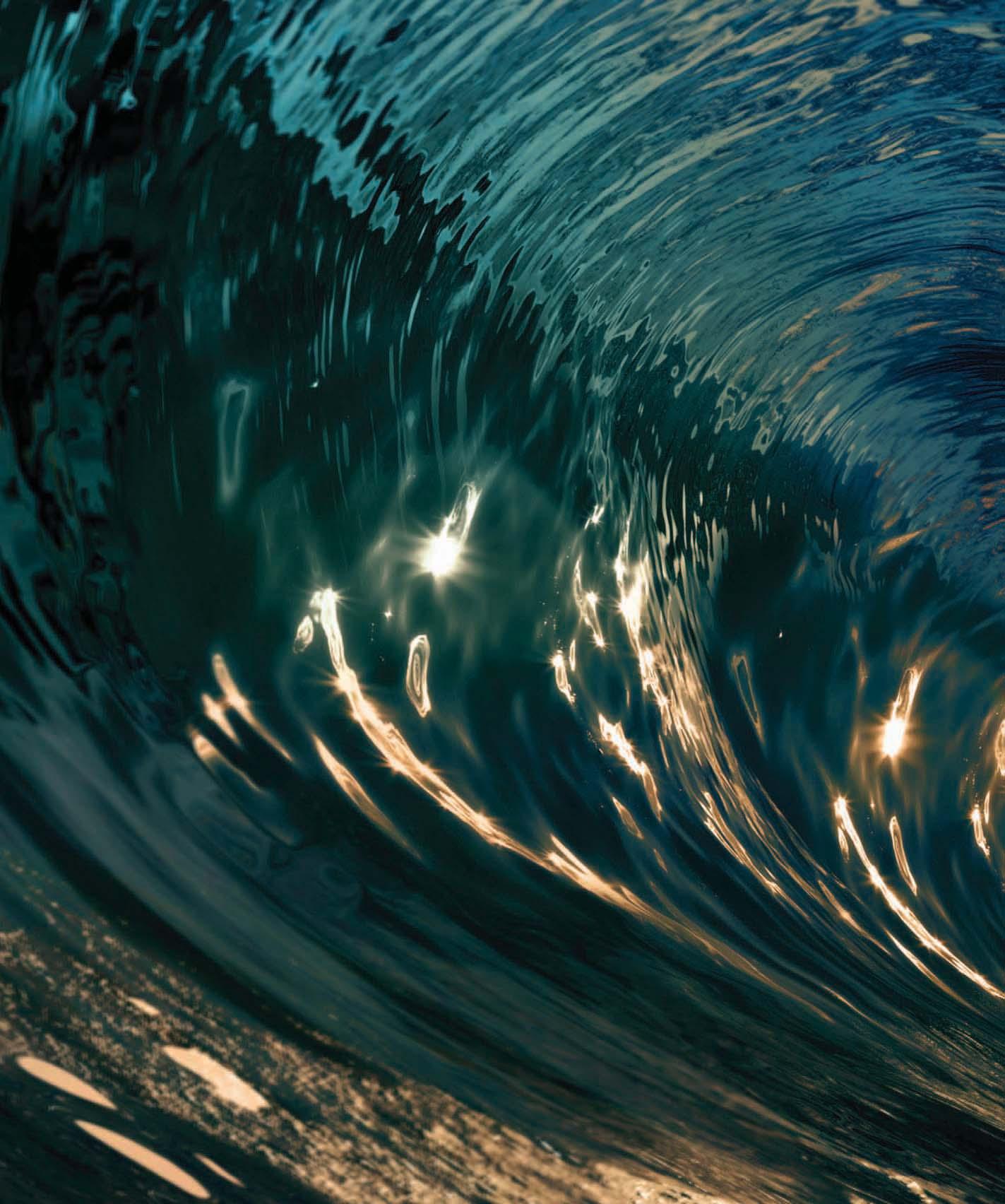



features of the seafloor and couples it with the role marine sediments play in our understanding of marine processes.
The next few chapters focus on physical oceanography. Chapter 4: Water and Ocean Structure has been revised to improve the flow. It presents a survey of ocean physics and chemistry in preparation for future discussions of atmospheric circulation, classical physical oceanography, and coastal processes. Additional examples have been added and sections that we have found to confuse past students have been rewritten to clarify and emphasize the main points. Chapter 5: Atmospheric Circulation has significant changes to the discussion of the Coriolis effect and focuses on more recent storms that students can better relate to. Chapter 6: Ocean Circulation incorporates a new example to help understand Ekman spirals and adds a discussion on the 2015–2016 El Niño. Chapter 7: Waves and Tides combines two chapters that previously described these topics separately. The previous edition’s chapters have been streamlined to focus attention on the similarities and differences among all types of waves and clarify some of the concepts to improve student understanding. Chapter 8: Coasts contains new information on sea level rise and a number of new and updated figures to better illustrate the diversity of coasts in different areas of the world.

Our look at marine biology begins with an overview of the problems and benefits of living in seawater, continues with a discussion of the production and consumption of food, and ends with taxonomic and ecological surveys of marine communities. Chapter 9: Life in the Ocean begins with a section discussing how life is tied to the ocean. This is a revised section from the previous edition’s first chapter that broadens the chapter’s discussion and improves the book’s overall flow. New figures help to illustrate key concepts. Chapter 10: Marine Communities is a new chapter that combines material from the previous edition’s chapters Pelagic Communities and Benthic Communities. This information has been significantly reorganized and revised to allow the reader to explore a few of the most interesting and important marine communities and to profile some of their most common organisms. There are a number of new figures and information in this chapter to help students appreciate the diversity and complexity of marine life in the ocean. The last chapter, Chapter 11: Uses and Abuses of the Ocean, surveys marine resources and environmental concerns, and illustrates how our present rates of economic growth and environmental degradation are unsustainable. Many of the statistics and figures have been updated to better reflect how humans are impacting the marine environment.
Organization and Pedagogy
A broad view of marine science is presented in 11 chapters, each free-standing (or nearly so) to allow an instructor to assign chapters in any order he or she finds appropriate. Each chapter begins with a list of the four or five most important concepts highlighted by a small illustration. An engaging chapter opener photo and caption whets the appetite for the material to come.
The chapters are written in an engaging style. Terms are defined and principles are developed in a straightforward manner. Some of the more complex ideas are initially outlined in broad brushstrokes; then the same concepts are discussed again in greater depth after the reader has a clear view of the overall situation. When appropriate to their meanings, the derivations of words are shown. Measurements are given in both metric (SI) and American systems. At the request of a great many students, the units are written out (that is, we write kilometer rather than km) to avoid ambiguity and for ease of reading.
We have modified the illustration program to incorporate National Geographic Society assets. The maps, charts,
As before, a great many students have participated alongside professional marine scientists in the writing and reviewing process. We have responded to their recommendations, as well as those of instructors who have adopted previous editions of this book. It is our sincere hope that the resulting work accurately reflects the present state of our fast-moving field of science.
A group of students learn navigational techniques before setting sail.
©Robert Ellis
paintings, and photographs drawn from Society archives have greatly enhanced the visual program for increased clarity and accuracy. Heads and subheads are written as complete sentences for clarity, with the main heads sequentially numbered.
Each chapter ends with an array of study materials for students, beginning with Chapter in Perspective, a narrative review of the chapter just concluded. Important Terms and Concepts to Remember are listed next; these are also defined in an extensive Glossary in the back of the book. Study Questions are also included in each chapter; writing the answers to these questions will cement your understanding of the concepts presented.
Appendixes will help you master measurements and conversions, geological time, absolute and relative dating, latitude and longitude, and chart projections. In case you’d like to join us in our life’s work, Appendix 6 discusses jobs in marine science.
This book has been thoroughly student tested. You need not feel intimidated by the concepts—this material has been mastered by students just like you. Read slowly and go step-bystep through any parts that give you trouble. Your predecessors have found the ideas presented in this book to be useful, inspiring, and applicable to their lives. Best of all, they have found the subject to be interesting!
Instructor Resources
Cognero Test Bank
Create multiple test versions in an instant Deliver tests from your learning management system (LMS), your classroom, or wherever you want
Instructor’s Companion Site
Everything you need for your course in one place! This collection of book-specific lecture and class tools is available online via www.cengage.com/login. Access and download PowerPoint presentations, images, instructor’s manual, videos, and more.
Student Resources
Cengage Learning Testing Powered by Cognero is a flexible, online system that allows you to:
Author, edit, and manage test bank content from multiple Cengage Learning solutions
Earth Science MindTap for Essentials of Oceanography
MindTap is well beyond an eBook, a homework solution or digital supplement, a resource center Web site, a course delivery platform, or an LMS. More than 70% of students surveyed said that it was unlike anything they have ever seen before. MindTap is a new personal learning experience that combines
Learning about the ocean involves close contact, and often great fun.
©Gregory Matthew Allen
Father, son, ocean—learning marine science is a joy at any age.
©Tom Garrison
all of your digital assets—readings, multimedia, activities, and assessments—into a singular learning path to improve student outcomes.
Global Geoscience Watch
Updated several times a day, the Global Geoscience Watch is an ideal one-stop site for current events and research projects for all things geoscience! Broken into the four key areas (geography, geology, meteorology, and oceanography), you can easily find the most relevant information for the course you are taking.
You will have access to the latest information from trusted academic journals, news outlets, and magazines. You will also receive access to statistics, primary sources, case studies, podcasts, and much more!
Acknowledgments
Many, many years ago, Jack Carey, the grand master of college textbook publishing, willed the first edition of this book into being. His suggestions have been combined with those of more than 1,400 undergraduate students and 175 reviewers to contribute to my continuously growing understanding of marine science. Donald Lovejoy, Stanley Ulanski, Richard Yuretich, Ronald Johnson, John Mylroie, and Steve Lund at the University of Southern California deserve special recognition for many years of patient direction. For this edition, we have especially depended on the expert advice of Wayne Henderson, Kurt Bretsch, Todd Benedict, Anne Gasc, Deborah Friele, Sammy Castonguay, Elizabeth Keddy, Stephen MacAvoy, and Ursula Quillman.
Jesus Reyes, Julie Oswald, Lisa Snyder, Joana Tavares-Reager, and our division coordinator, JP Nguyen, again should be awarded medals for putting up with us, answering hundreds of our questions, and being so forbearing through the book’s lengthy gestation period. Thanks also to our dean, Tara Giblin, and our college president, Dennis Harkins, for supporting this project and encouraging our faculty to teach, conduct research, and be involved in community service. Our past and present department teaching assistants and student aquarium managers deserve a great deal of praise for helping us develop new educational materials and maintain a positive learning environment for our students, especially Brian Schneiderman, Hannah Rodnunsky, Zane Calendine, Brynne McNabb, Jazmin Eck, Meghan Thompson, Megan Vandewalle, Jillian Demeter, David Krueger, Brittany Rodriguez, Carolynn Rohwer, Tammy Schofield, Casey Moore, Samantha Garcia, Michal Biggerstaff, Leslie Portugal, Jessey Luis, and Jack Bassham.
Yet another round of gold medals should go to our families for being patient (well, relatively patient) during those years of days and nights when we were holed up in our respective dark reference-littered caves again working late on “The Book.” Thank you, Marsha, Jeanne, Greg, Grace, Sarah, John, Dinara, Alem, Alia, Katie, Kalen, and Abigail for your love and understanding. The many friends and colleagues whom we have bounced ideas off deserve special recognition including Karen Baker, Mary Blasius, Erik Bender, Jim Schneider, Kelli Elliott, Jan Goerrissen, Nick Contopoulos, Jerome Fang, Jenell Schwab, Mary Arbogast, Joana Tavares-Reager, Chris Krajacic, Sarah Sikich, and Andy Balendy.
Our long-suffering departmental colleagues Karen Baker, Mary Blasius, Rip Profeta, Dennis Kelly, Don Johnston,
A marine science student finds a peaceful place to study on a crisp morning in British Columbia.
A marine technician assembles a sensor. Most oceanographic data are collected by remote sensors like this one.
A tourist photographs the steerboard of a restored Viking longship. “Steerboard” became “starboard,” the right side of a vessel.
The Cengage Learning team performed the customary miracles. The charge was led by Lauren Oliveira, who helped polish the chapters. Sheila Higgins, our copy editor, saved us from many errors. Christine Myaskovsky and Nick Barrows worked tirelessly to assist us in photo research and permissions, and Carol Samet was in charge of production. Kellie Petruzzelli and Lauren Oliveira kept the digital world in line for the book’s Web site. The amazing Dawn Giovanniello and Morgan Carney kept us all running in the same direction. What skill! My unending thanks to all.
A Goal and a Gift
The goal of all this effort: To allow you to gain an oceanic perspective. Perspective means being able to view things in terms of their relative importance or relationship to one another. An oceanic perspective lets you see this misnamed planet in a new light and helps you plan for its future. You will see that water,
©Tom Garrison
Kayaking in the crystal-clear waters of the tropics can provide relaxation for the entire family.
©Deborah Ellis
Despite a severe California drought, these supratidal plants are sustained by heavy morning fogs.
©Tom Garrison
continents, seafloors, sunlight, storms, seaweeds, and society are connected in subtle and beautiful ways.
The ocean’s greatest gift to humanity is intellectual— the constant challenge its restless mass presents. Let yourself be swept into this book and the class it accompanies. Give yourself time to ponder: “Meditation and water are wedded forever,” wrote Herman Melville in Moby Dick. Ask questions of your instructors and TAs, read some of the references, try your hand at the questions at the end of the chapters.
Be optimistic. Take pleasure in the natural world. Please write to me when you find errors or if you have comments. Above all, enjoy yourself!
Tom Garrison
Orange Coast College University of Southern California
Robert Ellis
Orange Coast College rellis@occ.cccd.edu
Trash in the surf in Java, southern Indonesia. Residents dump their waste in rivers that lead to the sea.
©Zak Noyle/A-Frame
